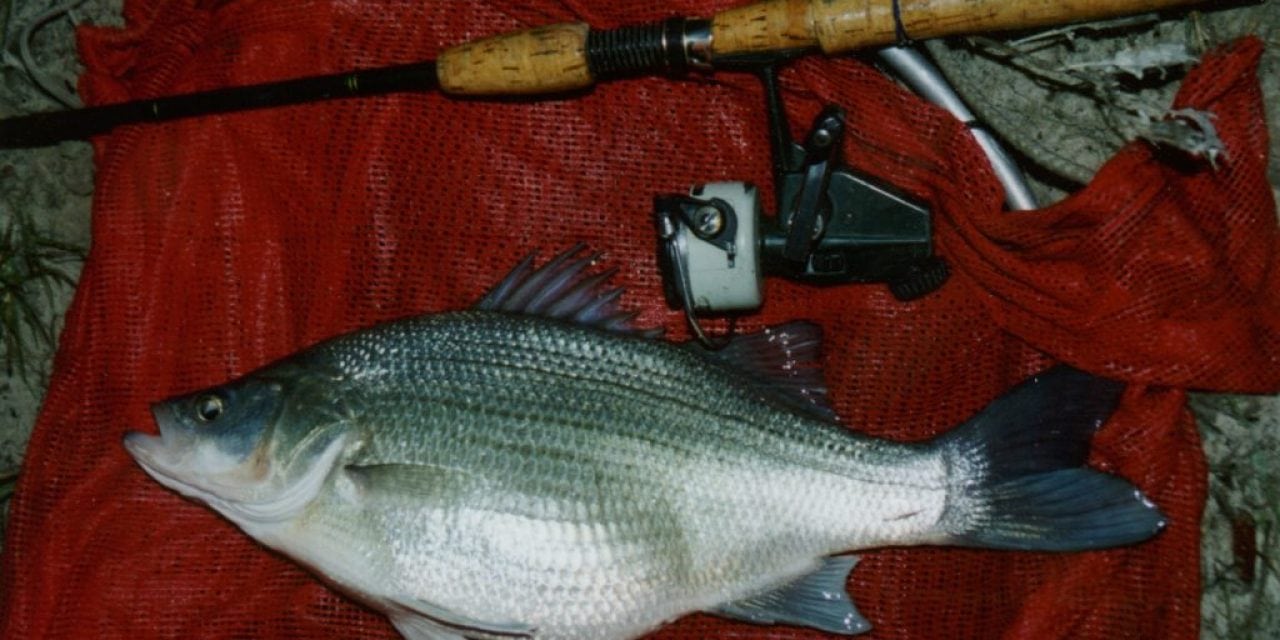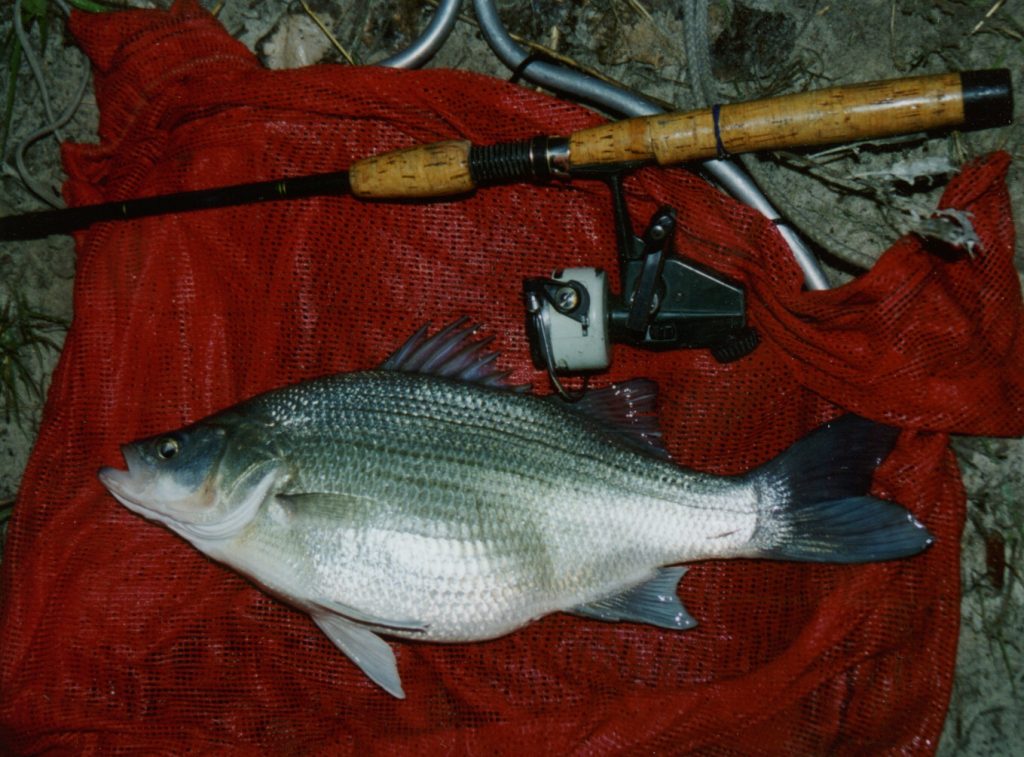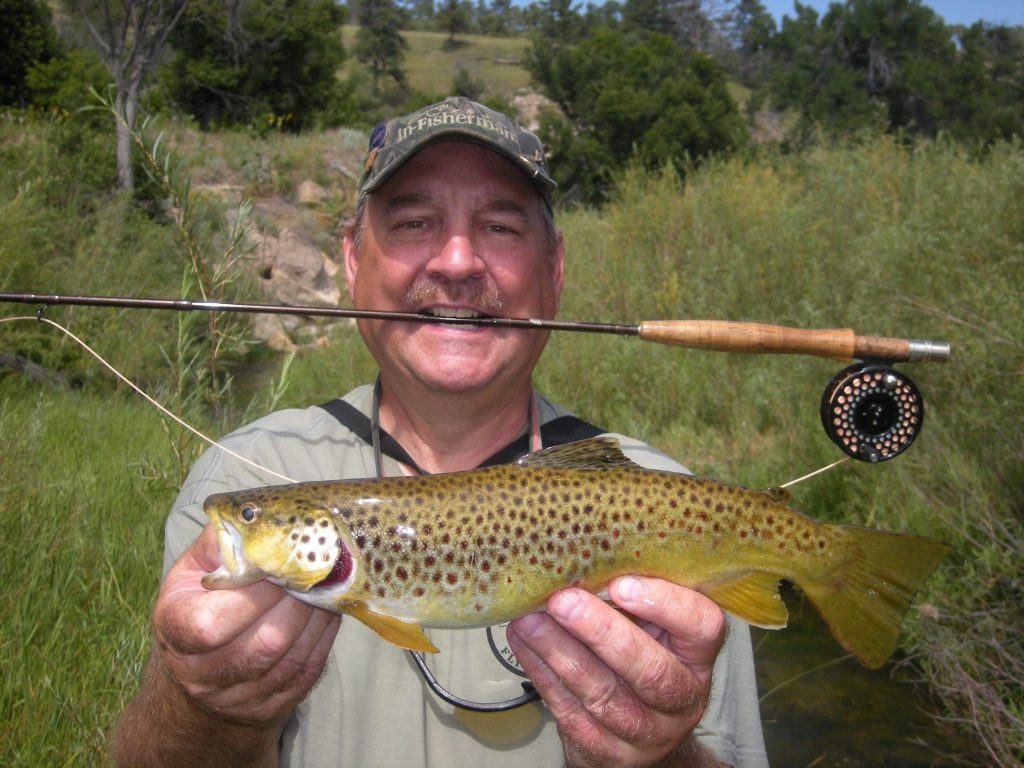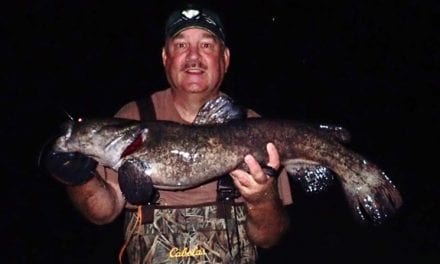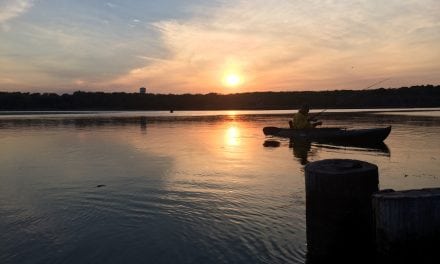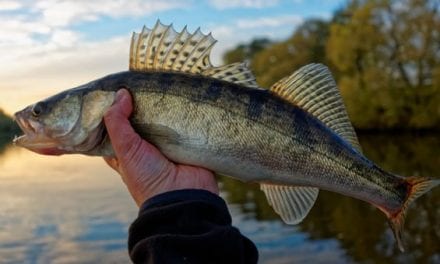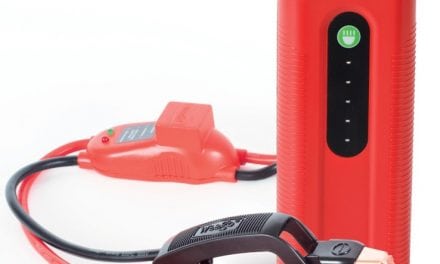Had a conversation recently with one of my hard-core fishing acquaintances, reminded me of similar conversations I have had over the years with other good sticks, and finally it dawned on me that it might be a good blog post. That is it would be a good blog post if I can actually communicate what is rattling around in my head. So let me start with a story. . . .
Once upon a time, on a lake north of where I am sitting right now, I was out for an evening of fishing and found one of my preferred spots to be a little crowded with other anglers. That is nothing new, seems like that happens everywhere I go. Anywho, when faced with competition I often just bug out and find another spot, but sometimes I will stay, but instead of crowd in with everyone else, stay on the fringes to see if I can turn a few fish that everyone else is missing. On this occasion everyone wanted to fish on one side, so fine, I would just fish on the other. Tossing a jig I discovered a spot, it took just the right cast and then letting the jig drop and sweep with the little current that was flowing through the area. When I did it just right, my twister tail would drop right along a rocky drop, and there in just the right spot, just out of the moving water, big white bass and walleyes would thump it every time I got it just right. Miss that spot by a couple, three feet and even though there were actively feeding fish there, you might as well been fishing up in the grass on dry ground.
Fast forward a few years to a Nebraska reservoir out “west”; windy night, casting crankbaits along a shoreline. I settled into a spot where I knew there was a little cup in the “breakline”, the shoreline. I had fished the area many times and although the spot was not obvious to the eye, I knew it was there and knew on the right night it would hold fish. That night was the right night. Again the wind was moving some water right down the shoreline, shoreline currents are always present when the wind blows and in Nebraska the wind blows all the time. Knowing the configuration of the shoreline, I knew that shoreline current would deflect and “eddy” in that cup. Cast a crankbait downwind, get it wobbling into the cup, slow down, let it hang and wobble, “thump”, a walleye would eat it! My partner got tired of netting fish for me, and frustrated at throwing the same bait as I was, fishing the same area, but not knowing about the “sweet spot”.

Or how about ice-fishing? Ever had THE hot hole? Ever made Swiss cheese of a spot the size of your living room, but that one hole produced almost all the fish? Sweet spot. Something about the environment below that particular hole either concentrated fish or perhaps was the exact spot where they knew they could eat–easily capture prey.
With a fly-rod in hand, fishing a trout stream, at times you can see the trout rising, you know they are feeding. You might even know exactly what they are eating and have the exact imitation tied on the end of your line. But, if you cannot cast well enough to put that fly in that fish’s feeding lane, you might as well be golfing (actually don’t do that, do anything but golf!).
I think that gives you an idea of what I am talking about.
I bring this up now because fall is upon us, some of the best open-water fishing of the year. Fish right now are putting on the feed to get ready for winter and even to get ready for next year’s spawning activities. I will always tell you that predator/prey dynamics drive fish behavior most of the time and that is especially true now–find the prey, find a bunch of prey, and the predator fish you seek will not be far away.
But, it is not just that easy. Although we are past the summer peak abundance of natural prey, there can still be an abundance of prey for the predators to eat and that can make the bite tough. Well-fed fish are harder to catch.
Unless you find the sweet spot.
It is all about “optimal foraging theory”–fish naturally expend the least amount of energy needed to capture the greatest return of energy. If they do not take in more energy than they burn, well, one morning they wake up dead. So, they tend to select for the largest prey items they can find, handle, and capture, and they know if they do not have a good chance of making a capture, they are not going to launch an attack. If those predators can cut off escape routes by using structure or cover as a place to herd and corner prey, that is a sweet spot. If they can utilize water movement, currents, to their advantage, they will.
Every time I am on the water, I am of course looking for fish, but more importantly I am looking for the prey items those fish might be eating. I am also looking for those spots where the feeding activity may be most likely to occur, the spots where it will be easiest for the big, bad predators to crunch their poor, little prey. What am I looking for? Points, corners, turns, pockets, slots, lanes, walls, ledges, edges, cups, lips, transitions, anything a predator fish might use to its advantage. I am looking for water movement, of course on rivers, streams and canals, but also for those lesser, almost imperceptible currents on lakes, reservoirs, pits and ponds. How do those currents move? Where are they deflected? Where are the seams? Where might a predator fish sit just out of the main current and still use the movement of the water to bring prey to it and to make it harder for that prey to escape? I try to interpret what is below the surface of the water and imagine where I would position if I were a big walleye/muskie/pike/bass/flathead/wiper/trout/you-get-the-idea trying to gulp prey and get fat for the coming winter (hey, I resemble that remark).
Learn to think like the predator, learn to find the sweet spots, and you will catch a lot more fish, and a lot more big fish, this fall, and all year-round.
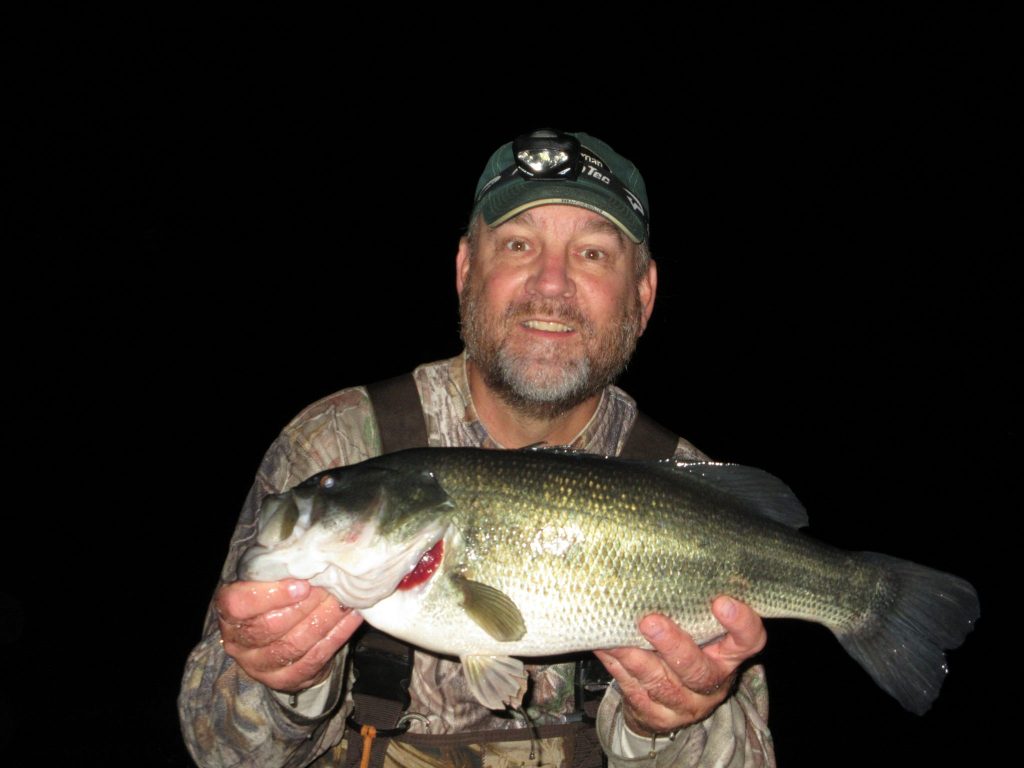
The post Sweet Spot appeared first on NEBRASKALand Magazine.

